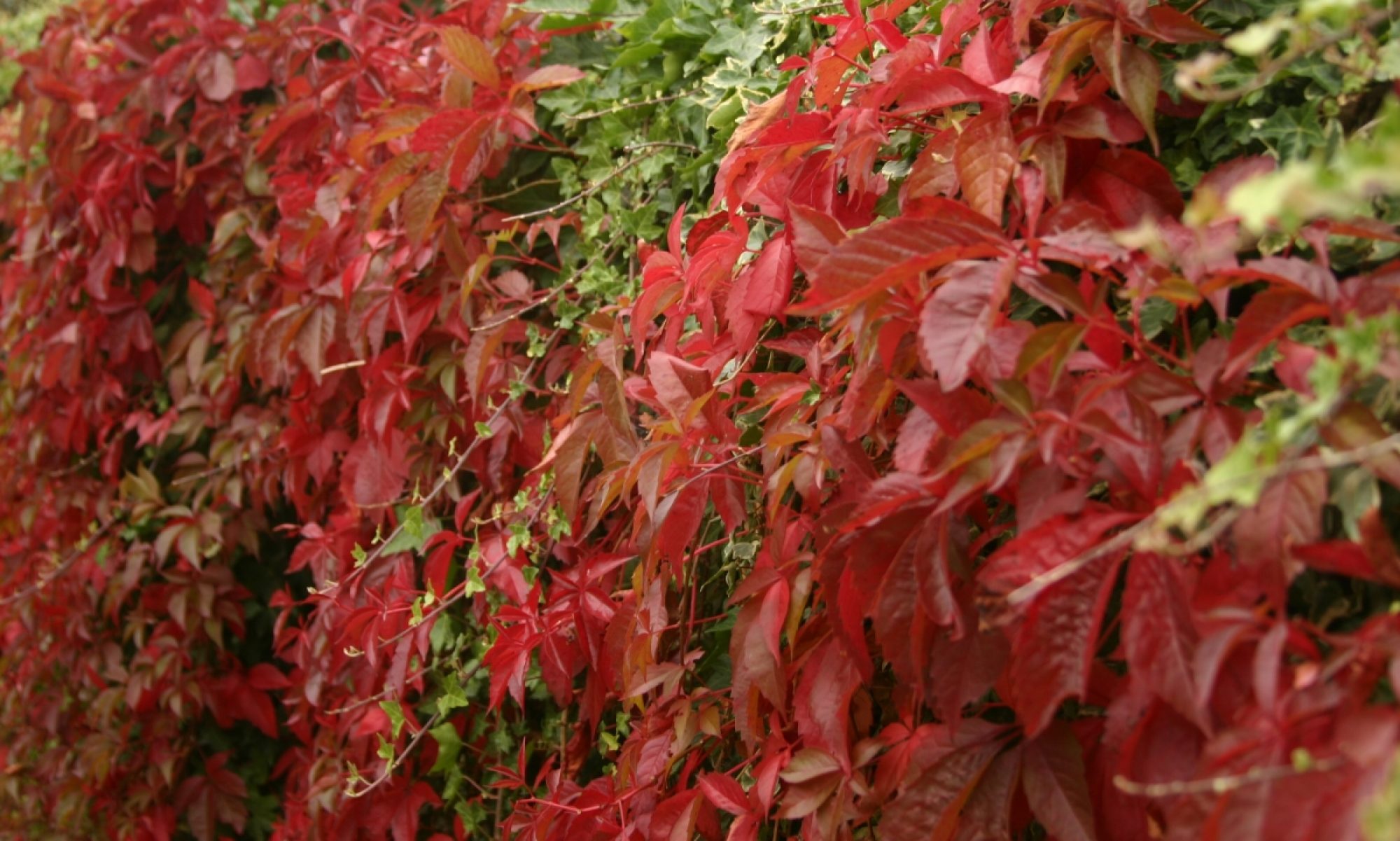Good morning on a decidedly Autumnal day in beautiful, downtown Byfield. After torrential rain and hurricane velocity gales on Friday, we’ve enjoyed a wonderfully fresh, bright and predominantly sunny weekend with just a minimal bite to the air – gorgeous.
I had the opportunity to “work at home” on Thursday of last week; the course I was due to deliver was cancelled through a singular lack of interest and so, instead of wrestling with the rush hour traffic into Oxford I was able to lay in bed a bit longer than usual and spend the day ploughing through a good deal of work without the countless interruptions which plague one in the office.
I also, of course, had the opportunity to enjoy lunch with my Ms Playchute and, as we casually worked our way through some soup and salad, she looked across at me and asked, “When are you going to ask the question of the day?”
As you can imagine, my expression must have been similar to that of a rabbit in the headlights; my emotions ranged through panic, terror and consternation as several thousand thoughts raced through my mind. “What did she mean?”
Without bothering to engage the thought process, as Click and Clack would have it, I blurted out, “Will you marry me?” at which point a somewhat puzzled and bemused expression travelled across her face. Clearly that wasn’t the question she had in mind and heck, now that I had a moment to think about it, we were already married.
“Do you want to have sex tonight?” was my next attempt which elicited “the look” at which Penny was so adept when our boys were young and which I haven’t seen since Adam was about ten.
I’m sure all of you women have your own version of “the look”, a kind of stare complete with the beginnings of a scowl and down-turned eyebrows which could stop a rambunctious child intent on misbehaviour at 50 paces. I can assure you, one does not want to be on the wrong side of one of Penny’s “looks.” (I’m afraid my research suggests it’s only women who can be said to have truly mastered “the look.” Whenever I tried it the miscreants either burst out laughing or, in the case of young girls, burst into tears which was just as bad – particularly during the police investigation which would almost certainly followed.)
My mind was, by this stage, working overtime. I was quickly able to cast aside the worries that I had somehow forgotten our anniversary or her birthday but suddenly the light came on and, without any more hesitation, I asked, “WHAT ARE WE HAVING FOR DINNER TONIGHT?” The smile told me I had the right answer – apparently I get more like my father every day.
We have been enduring a plague of winged daddy longlegs over the past few weeks so I was intrigued by the following from the BBC web site the other day – it addresses a question I have often pondered myself:
What’s the point of daddy longlegs?
There’s been an explosion in the population of flying daddy longlegs, but what are the gangly insects for?
 There is no escaping them, lolloping around and battering into every window, wall, light and person that gets in their way.
There is no escaping them, lolloping around and battering into every window, wall, light and person that gets in their way.
The UK is in the grip of an explosion of daddy longlegs – or crane flies as they are otherwise known – because of the combination of a hot summer followed by heavy rain showers and a dry, warm September.
They are a late autumnal species that peak at this time of year. The larvae – known as leatherjackets – feed through autumn, winter and spring on decaying plant material and plant roots just below the soil surface. These then turn to pupae and new adult flies hatch in September.
The lifespan of an adult is only about two weeks and their purpose is to mate and to die within a few days. There is debate over whether they even eat during their short lives or survive on food reserves stored in their bodies.
More and more will keep hatching if the weather stays mild into next month. But apart from being a nuisance and frightening people – they were voted the world’s second scariest creature after spiders in a recent poll – what’s the point of daddy longlegs?
They are an important source of food for creatures that eat insects, including birds and spiders, says ecology professor Guy Poppy, from the University of Southampton.
“Insect eaters will be feasting on all the daddy longlegs at this time of year, a spider web will be full of them.”
The larvae also eat decaying plant material and help to recycle nutrients back into the soil.
But one man’s meat is another man’s poison. As they feast on plant roots, this proves to be a nightmare for many gardeners – particularly when they gorge on grass roots, leaving bare patches.
“Some people think they are useful and others think they are a pain in the neck. They’re definitely not very popular at golf courses,” says Professor Poppy.
“It’s hard to predict what would happen if all daddy longlegs were eradicated but I don’t know of any bird and spider that eats them exclusively. However, as an ecologist I think all life forms have an important role to play in the ecosystem.”
Love or hate them, the explosion in numbers could result in an increase in bigger, well-fed spiders… which won’t do much for the popularity of daddy longlegs.
Still, what’s the point?
Love to you all,
Greg
